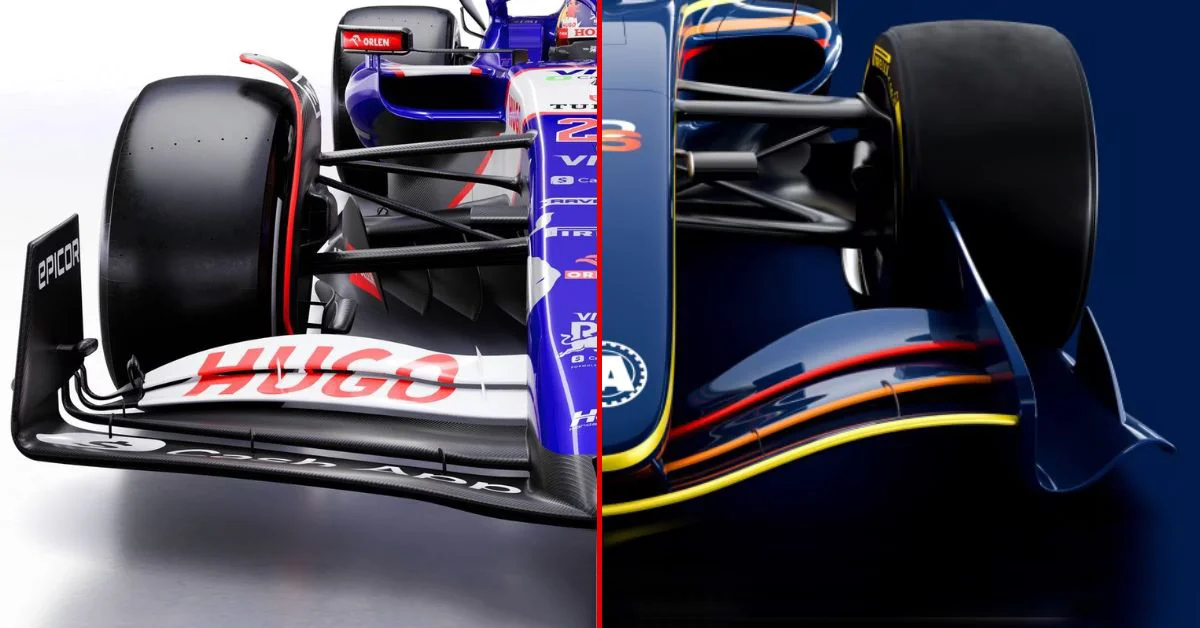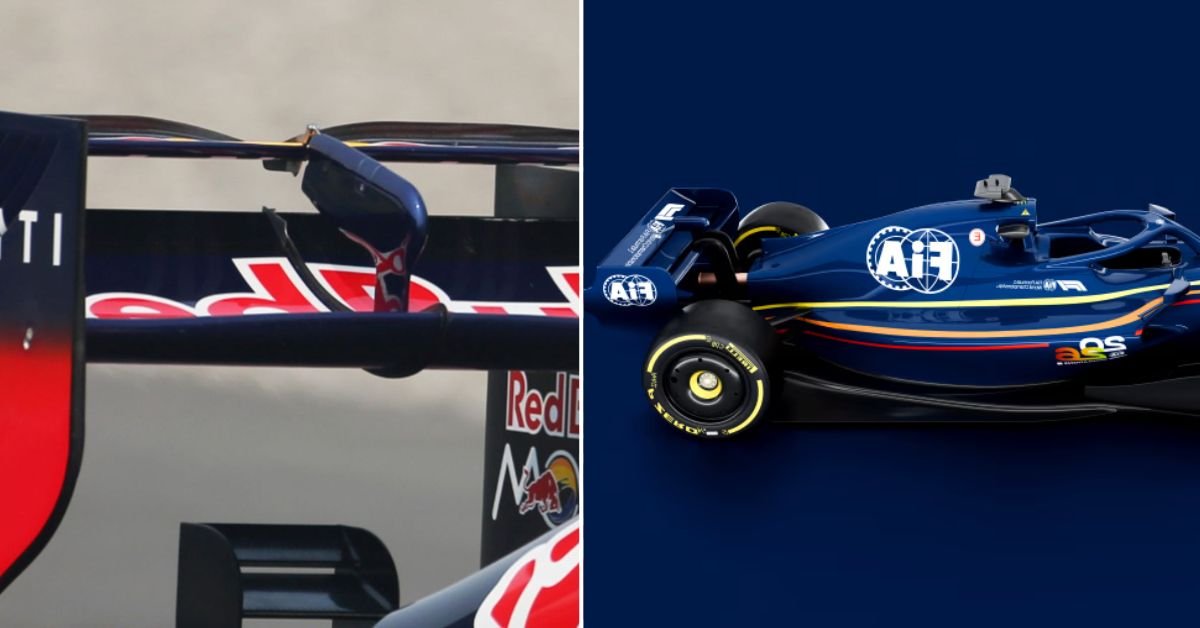Drag Reduction System (DRS) has been one of the most popular and fan-favourite tools of Formula 1. Introduced in 2011, DRS has played an important role in improving the quality if racing in F1. However, F1 is now planning to stop DRS from the 2026 season and evolve it further.
When asked about the new active aerodynamics plans for 2026, Max Verstappen said “I’m not sure if we should head into that direction” (Motorsport). For many drivers, the main issue they feel needs to be addressed is the weight of the car.
While controversial, DRS was introduced due to a lack of overtaking in Formula 1. DRS assists drivers with wheel-to-wheel racing. Without overtaking, racing would not be as exciting.
Recently, there has been a push to get rid of tracks (no matter how historic they are) because they lack overtaking opportunities. Some fans (and even drivers), consider those races boring and not fun to race or watch.
What is DRS? Why Does It Exist?
DRS allows drivers to overtake the car in front of them by reducing the aerodynamic drag of the car. It does this by opening the hatch of the rear wing of the car allowing the air stream to go through the open vent instead of dragging over the rear wing. This allows the car to go faster on the straights. The point of DRS is to increase the chances of an overtake.
Welcome to the future 👀
The FIA have unveiled the regulations of the FIA Formula 1 World Championship for 2026 and beyond #F1 @fia pic.twitter.com/OM2TJ2rIqL
— Formula 1 (@F1) June 6, 2024
DRS is a driver-controlled button that can only be used in designated areas on the track. These areas are known as DRS Zones. Drivers have rules they have to follow when using DRS. The main rule is that the driver has to be within a second of the driver at the DRS detention point for them to use it.
DRS is not allowed after a restart of any sort or on the first lap. While every track has DRS Zones, the FIA is allowed to disable the usage of DRS depending on certain track conditions such as debris, weather and if a car has gone off the track.
Manual Override Mode
For the 2026 season, DRS will no longer be used for overtaking. Taking DRS’s place will be a new active aerodynamics system. In addition, the car will also have Manual Override Mode. The 2026 car will gain the power to overtake from the Motor Generator Unit – Kinetic (MGU-K).
This will give the cars a power boost similar to DRS to aid in overtaking. There has been a push to make the cars smaller and more agile and per the 2026 regulations – that’s what Formula 1 is moving towards. Reducing the weight of the cars will also reduce the drag by 55% (Formula 1).

The 2026 car will use both the front and rear wings, compared to only the rear with DRS. This new system has two modes: standard Z-mode and X-mode. When the driver activates Z mode, the front and back wing flaps will open allowing the car to approach corners at greater speeds due to the angling of the wing flaps. When in X-mode, the angle will change adapting to the main straights of the track.
Read also: Manual Override, Active Aerodynamics and More – How the 2026 Regulations Will Change Formula 1












